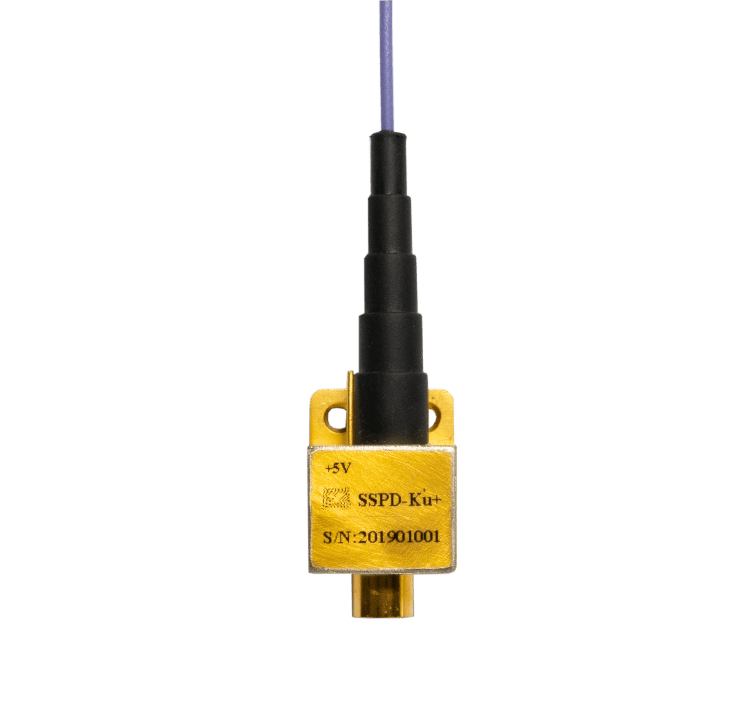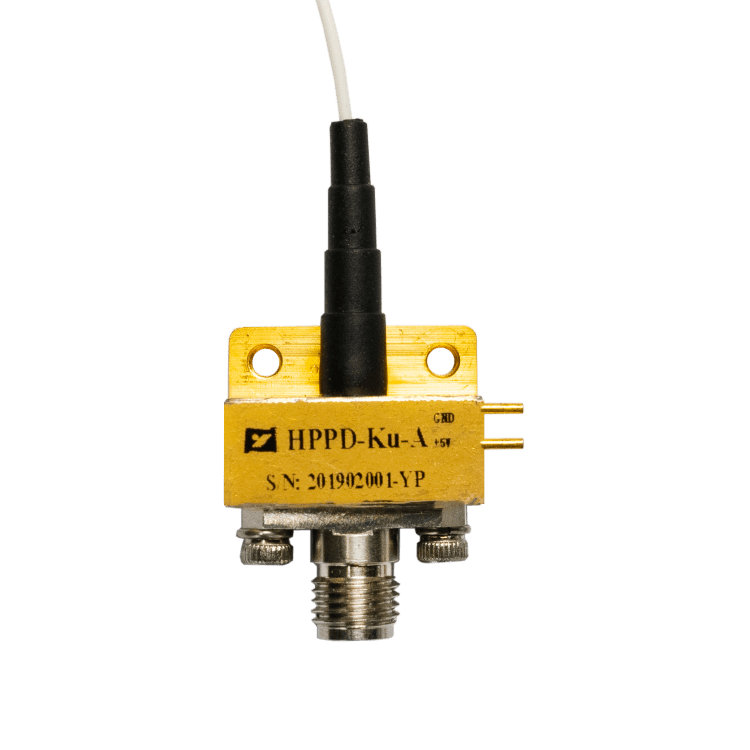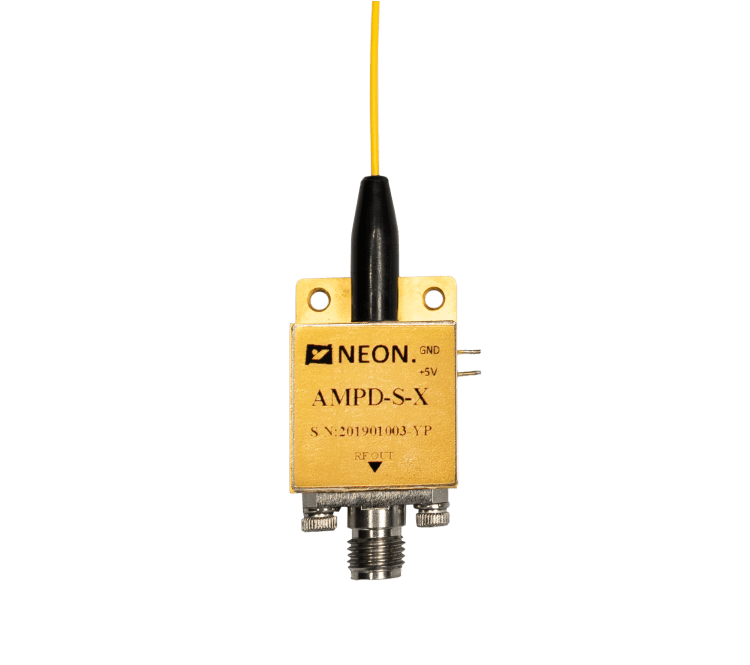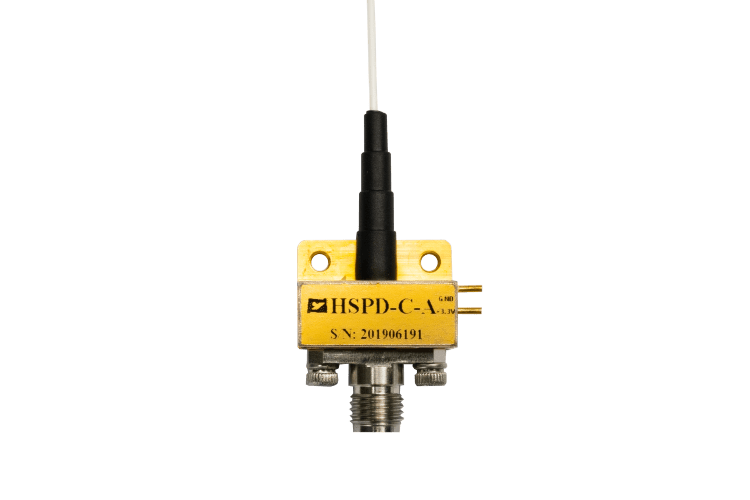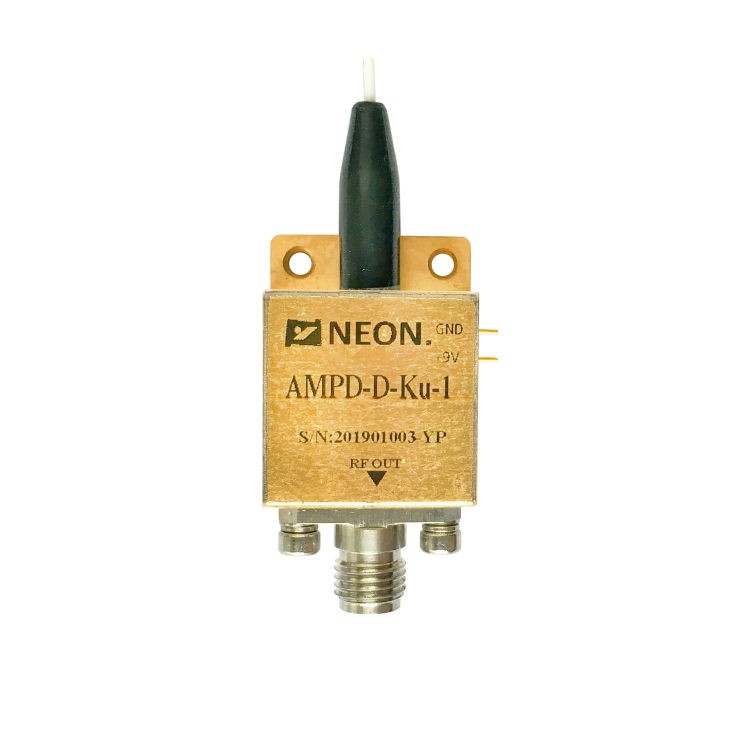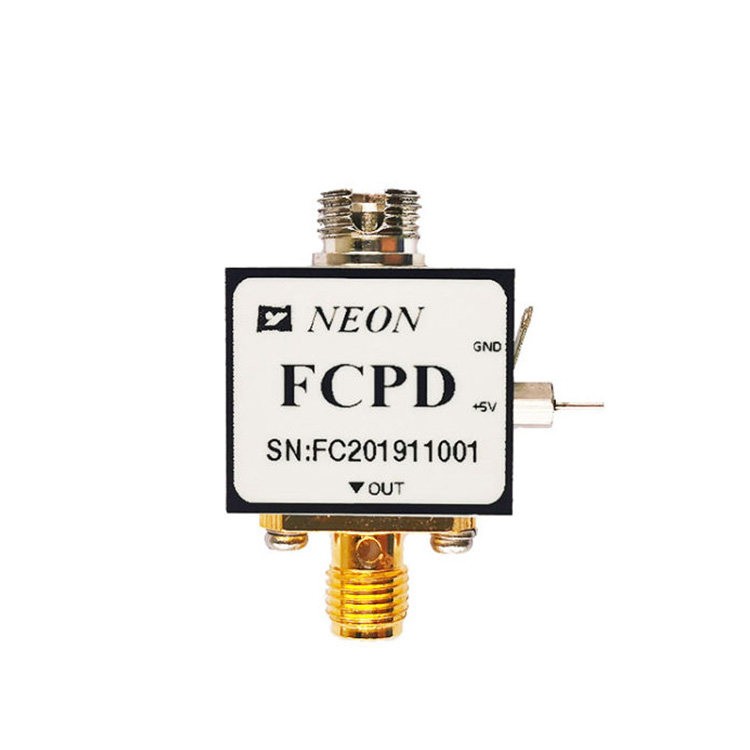Exploring High-Speed Photodetectors: Choosing the Right Type for Various Applications
High-speed photodetectors are critical components in various applications, from optical communications to data centers and biomedical imaging. These devices convert incoming optical signals into electrical signals at an incredibly fast pace. Different types of high-speed photodetectors exist, each designed for specific applications. In this article, we will delve into the various types of high-speed photodetectors, discuss which one is best suited for optical communications, data center applications, and biomedical imaging, and emphasize the importance of choosing the right photodetector for the task at hand.
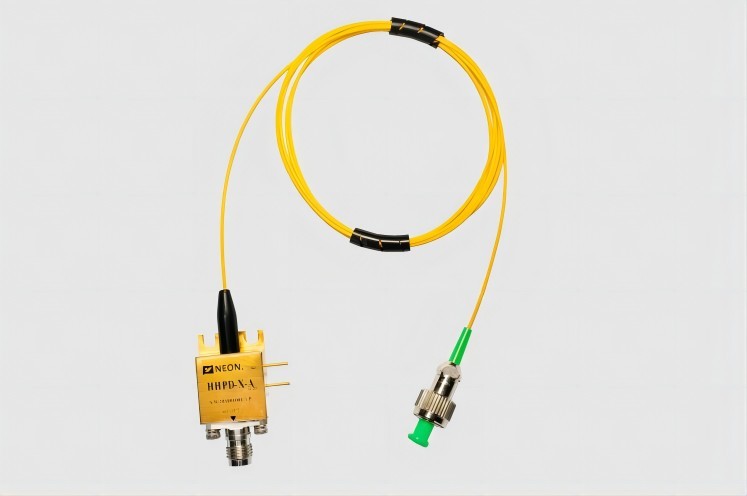
Different Types of High-Speed Photodetectors
1. PIN Photodiodes
PIN photodiodes are widely used in high-speed photodetector applications. They operate based on the principle of internal photoelectric effect, where incoming photons generate electron-hole pairs in a semiconductor material, leading to a current flow. PIN photodiodes are known for their wide bandwidth and high responsivity, making them suitable for various applications.
These photodiodes are characterized by their low noise levels and high quantum efficiency. Their applications include optical fiber communication systems, laser rangefinders, and optical data storage.
2. Avalanche Photodiodes (APDs)
Avalanche photodiodes (APDs) operate on a different principle compared to PIN photodiodes. APDs incorporate avalanche multiplication, wherein electron-hole pairs generated by incoming photons trigger an avalanche effect, resulting in a larger number of electron-hole pairs. This multiplication process significantly enhances the sensitivity and speed of APDs.
APDs are known for their high gain, low noise, and fast response times, making them ideal for applications where detecting extremely weak optical signals is crucial. These include long-range optical communications, LIDAR (Light Detection and Ranging) systems, and single-photon counting experiments.
3. Photomultiplier Tubes (PMTs)
Photomultiplier tubes (PMTs) are another type of high-speed photodetector that relies on electron multiplication. PMTs are vacuum tubes containing a series of dynodes, each designed to multiply the number of electrons generated by incoming photons. This results in a highly amplified output current.
PMTs are characterized by their exceptional sensitivity, wide spectral range, and fast response times. They are commonly used in applications such as particle physics experiments, fluorescence spectroscopy, and astronomical observations.
4. Single-photon Avalanche Diodes (SPADs)
Single-photon Avalanche Diodes (SPADs) are specialized photodetectors designed for detecting single photons. They operate based on the principle of Geiger-mode avalanche multiplication. When a single photon is detected, the SPAD enters a breakdown state, generating a detectable electrical pulse. SPADs are known for their single-photon sensitivity, high speed, and low noise.
SPADs find applications in quantum cryptography, single-photon imaging, and fluorescence lifetime imaging microscopy (FLIM), where the ability to detect single photons is essential for accurate measurements.
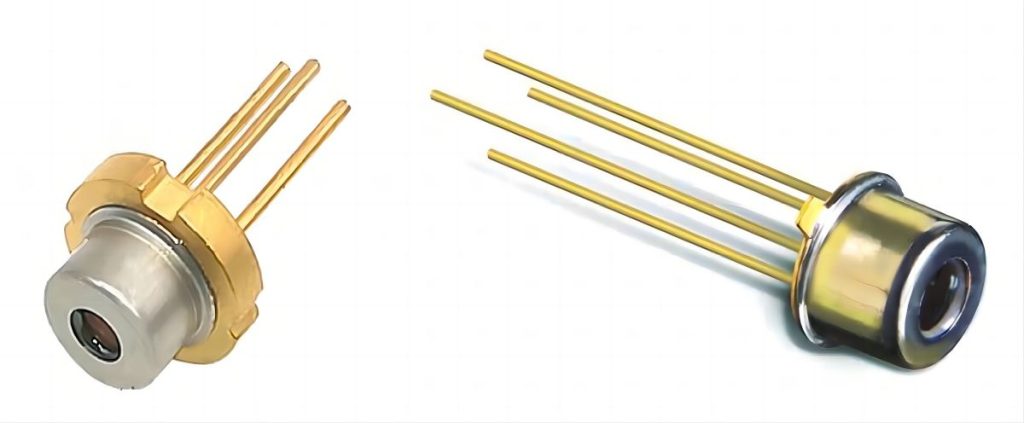
What Type of High-Speed Photodetector is Best for Optical Communications?
Optical communications involve the transmission of data through optical fibers, and the success of these systems depends on the efficiency and speed of the photodetector used. In optical communication systems, the choice of photodetector depends on several factors, including signal strength and the need for high data rates.
The best type of high-speed photodetector for optical communications is the Avalanche Photodiode (APD). APDs are highly suitable for optical communications due to their ability to detect weak optical signals with high sensitivity and speed. They are capable of amplifying the incoming signal, which is particularly important for long-distance data transmission. Additionally, APDs have low noise levels, making them ideal for high-speed, low-error data reception.
Optical communication systems, such as fiber-optic networks, depend on the efficient conversion of optical signals into electrical signals, and APDs are well-equipped to perform this task with precision. Their ability to handle high data rates and low bit-error rates is crucial for ensuring reliable communication over long distances.
What Type of High-Speed Photodetector is Best for Data Center Applications?
Data centers are hubs of digital information processing and storage, and the efficient operation of these centers relies on fast and reliable data transmission. In data center applications, photodetectors are essential for converting optical signals from optical interconnects or fiber-optic links into electrical signals for further data processing.
For data center applications, the best type of high-speed photodetector is the PIN photodiode. PIN photodiodes are well-suited for these applications due to their high bandwidth, low noise, and compatibility with standard optical communication wavelengths.
Data centers often require high-speed data transmission between servers and storage devices. The wide bandwidth of PIN photodiodes allows them to handle the high data rates required in data centers effectively. Moreover, their low noise levels ensure data integrity and their ability to operate at common optical communication wavelengths simplifies integration into data center equipment.
What Type of High-Speed Photodetector is Best for Biomedical Imaging?
Biomedical imaging techniques such as fluorescence microscopy and laser scanning are crucial for medical research and diagnosis. In these applications, photodetectors are essential for capturing and analyzing the fluorescence or reflected light from biological samples.
The best type of high-speed photodetector for biomedical imaging is the Single-Photon Avalanche Diode (SPAD). SPADs are ideal for biomedical imaging because they can detect extremely weak signals, including single photons. This high sensitivity is particularly valuable when imaging fluorescent molecules or conducting single-molecule studies.
Biomedical imaging often involves capturing faint signals from biological samples, and SPADs excel in this regard. They are also known for their high speed, allowing for rapid image acquisition, and low noise levels, which are essential for obtaining accurate results in fluorescence microscopy and other imaging techniques.
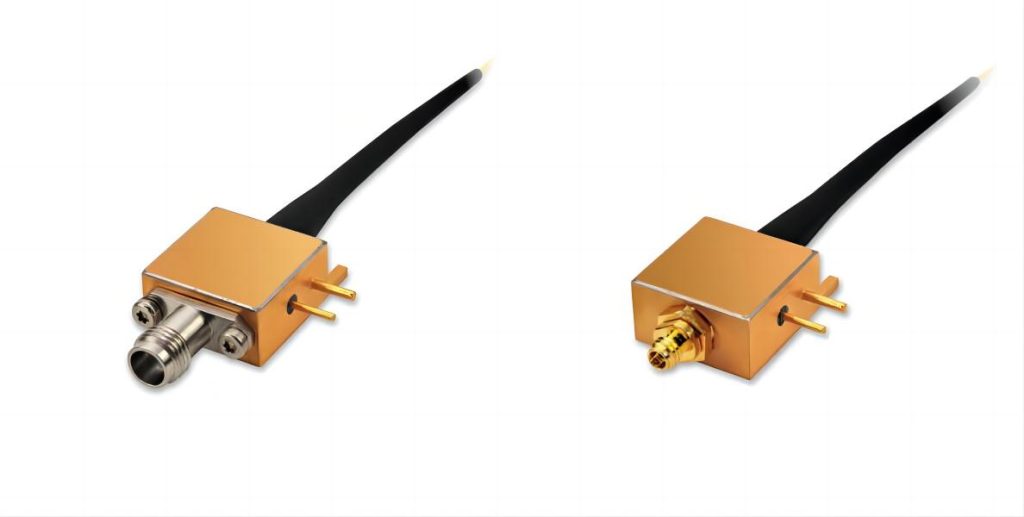
Summary
In summary, high-speed photodetectors play a vital role in various applications, and selecting the right type is crucial for achieving optimal performance. The choice of photodetector depends on the specific requirements of the application. Avalanche Photodiodes (APDs) are best suited for optical communications, providing high sensitivity and speed. PIN photodiodes are ideal for data center applications, offering wide bandwidth and low noise. Single-photon Avalanche Diodes (SPADs) excel in biomedical imaging, with their single-photon sensitivity and speed.
Understanding the distinct characteristics of each type of photodetector and their suitability for different applications is essential for the success of projects in fields such as telecommunications, data centers, and medical research. Making the right choice can lead to enhanced performance, greater efficiency, and improved data quality, ultimately advancing technology and scientific discovery.


